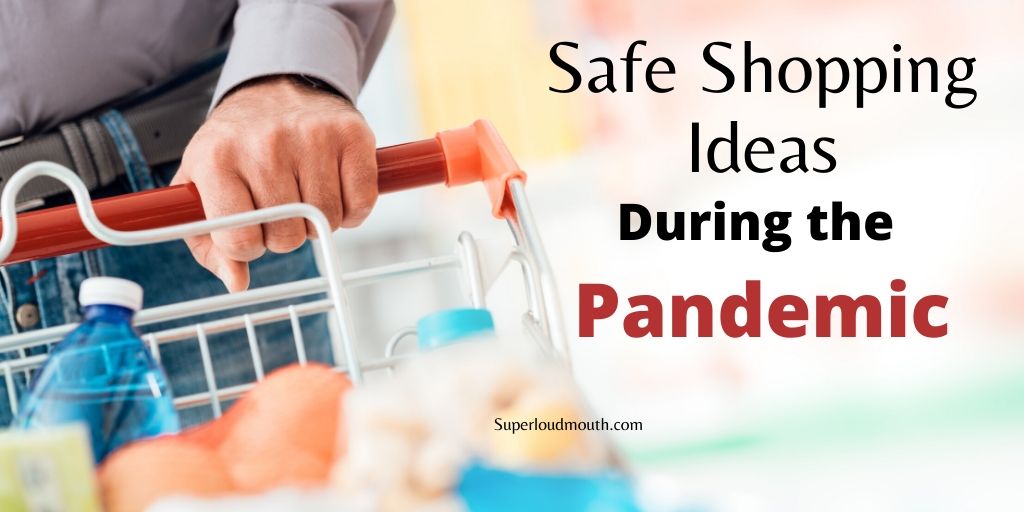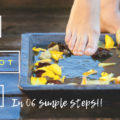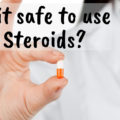What Steps can you take to do a Safe Grocery Shopping | Safe shopping ideas in the pandemic
During this pandemic, it’s highly risky to venture outside. Staying home is the only possible solution to keep the Coronavirus away.
If we start doing social gatherings at malls, pubs, beaches, cinemas, and other places we’re most likely to be doomed.
Regardless, what about the daily produce? groceries, and much need medication supplies? How we’re going to shop the daily stuff? This has been a constant fear amongst most of the people to head to the grocery stores.
Well, In this article we’ve listed out some of the safety measures to follow in order to stay safe and protected though you go out for grocery shopping or when you get home deliveries. Read on!
Grocery Shopping Safety Measures to stay away from Coronavirus

1. Avoid Peak Hours
Don’t go for grocery shopping during peak hours. Usually, during peak hours, almost all the gas stations and grocery stores are filled up with people. In this pathetic situation, it’s recommended not to go when it’s crowded. If you happened to be in a crowded place, go back home and come back later.
2. Must-Have Sanitizing Wipes
To wipe down the shopping carts, freezer doors, or other surfaces you touch, you must need sanitizing wipes. This way you get to be safe and sound through touching the contaminated areas. Most importantly, touch as few surfaces as possible. Doing so, the virus doesn’t get passed on, or either you won’t get infected.
Grab these Sanitizing Wipes before they’re out of stock.
3. Plan Before
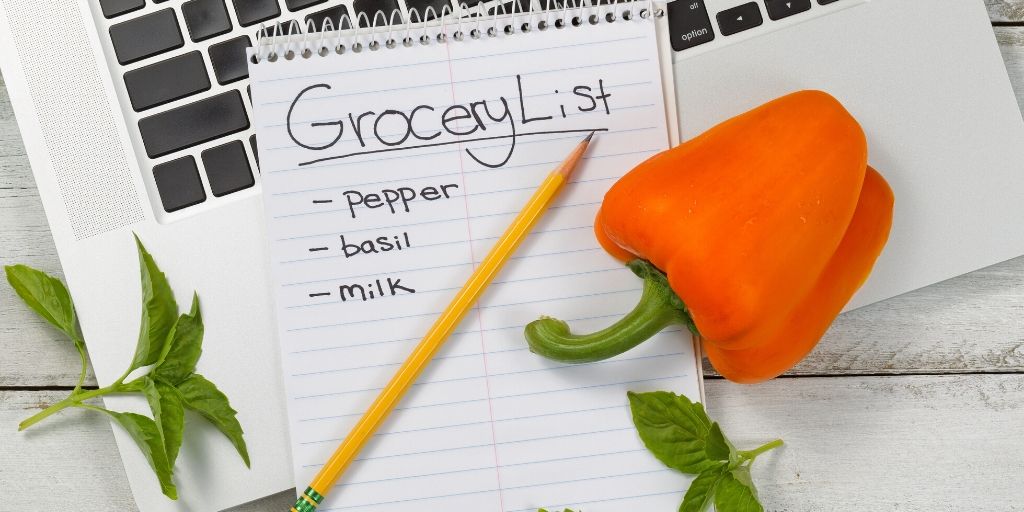
You must jot down the list of items you require before heading to the grocery store. This way you could minimize the time you spend in the supermarkets. Therefore, plan before a week or two or at least before you go to the supermarket.
Also, commit to the list of groceries before which reduces the risk of touching all unnecessary stuff. Remember, you don’t know what exact things are contaminated.
4. Don’t use Gloves
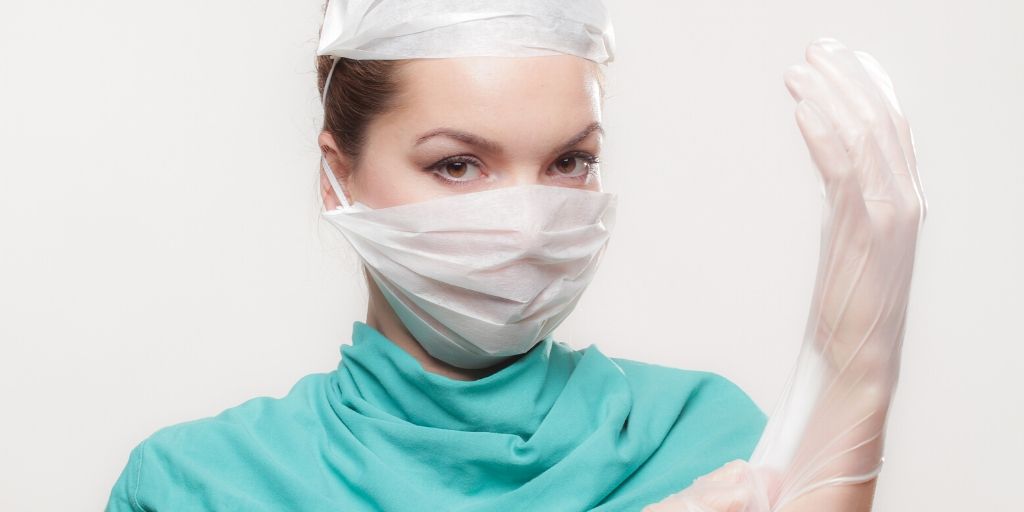
You really don’t require a glove while shopping in the grocery stores. Supposedly, if your gloves touch a contaminated product, it can contaminate the next things you touch. However, keep sanitizing your hands often.
5. Don’t Touch Face
No matter what precautions you follow while shopping, this one wrong step could make you sick. Imagine you touching a contaminated surface and then touch any parts of your face. That’s it. The virus gets transmitted to your body. So, never touch your face until you wash them after heading back home.
6. Do you need a Mask?
Yes, you need to wear a cloth mask, especially during public gatherings. Earlier, WHO( World Health Organisation) has recommended not to wear masks for people who are not having any symptoms. They only insisted on the person who has the virus and the one who’s treating the sick person.
But CDC continues to study the enormous spread and effects of the novel Coronavirus across the United States and recommends wearing at least a cloth covering in public settings where other social distancing measures are challenging to maintain. Example: Grocery stores and Pharmacies. Hence to slow the spread of the virus you must wear a cloth mask. It need not specifically be a surgical mask or N95 respirator masks.
7. Touching the Food?
You don’t need to worry. You can touch apples, bananas, or other food items without worrying because there has been no data out there about the survival of Coronavirus on food surfaces. So, as COVID19 is not foodborne, touching them is low risk.
8. Social Distancing
Social distancing is the main thing you have to consider. If someone is getting bread, give them some time and you fetch something else. Try to keep a distance of two grocery carts between you and other shoppers. This way avoid the risk of getting infected.
9. Final Sanitizing
The minute you leave the store and hop on to your car, sanitize your hands and phone. Because the immediate things you touch are obviously the car steering or sometimes your phone.
10. Try Virtual Payment system
Try using the virtual payment system like your debit or credit cards or maybe even you could try apple pay but avoid opening your wallet.
How to disinfect groceries or the delivered Food items
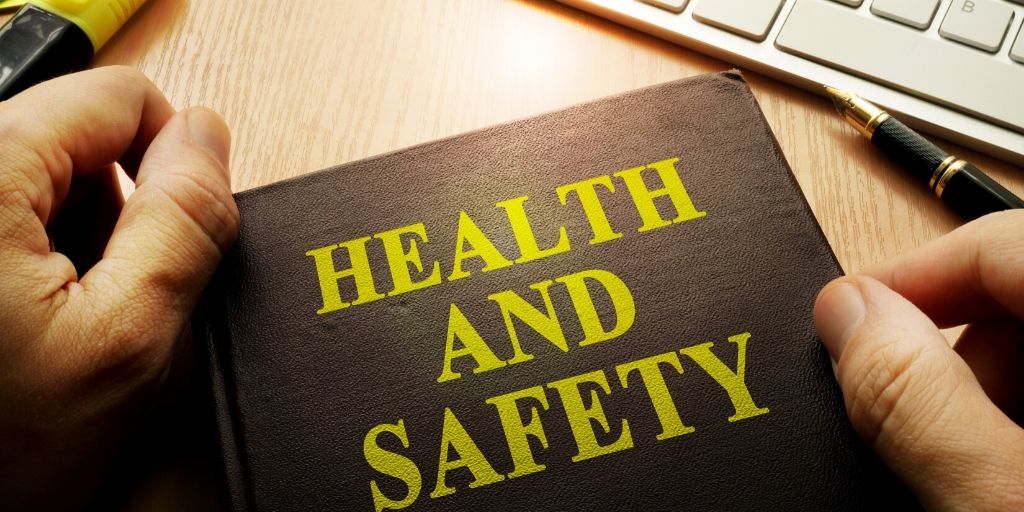
Now, the next step after coming home from the grocery store is to disinfect your groceries. Let’s find how to do that.
- The first step is to sanitize your table or the kitchen counter where you place the shopping bags. Then divide the place into two sections – on one side goes the cleaned groceries and consider the other side to put shopping bags from outside the house.
- After cleaning the table, place all the shopping bags on one side of the (assume it’s the dirty side) of the table.
- Don’t disinfect the fresh fruits and veggies with the soap or diluted bleach solution as it makes you sick. Just rinse them under running cold water to remove any dirt. The firm surface veggies or fruits like carrots, avocado, beetroot or apples can be scrubbed with a brush.
- Clean the reusable shopping bags by wiping inside and out with disinfecting wipes
- Now, you must sanitize all the grocery items as the doctor suggests in the below video
- Finally, wash your hands, counter and other surfaces you’ve touched after you’ve put away the groceries
- CDC suggests all the high-risk individuals like the Elderly, people with a weak immune system, with respiratory ailments, heart diseases, diabetes, are who are undergoing cancer treatment should use a delivery service instead of going in public
- Also, they must avoid a direct hand-off and order earlier than they usually do because as the delivery times are filling up real quick
Up to the very end!
Hope this article helps you very much. Stay home! Stay Safe! Sound! and healthy.
If you’ve any questions please leave a comment below.
Don’t forget to check this article, What do you need to know about Coronavirus? – Causes, Symptoms, and Precautions according to CDC and WHO.
This article contains affiliate links. You can read our full disclosure here

